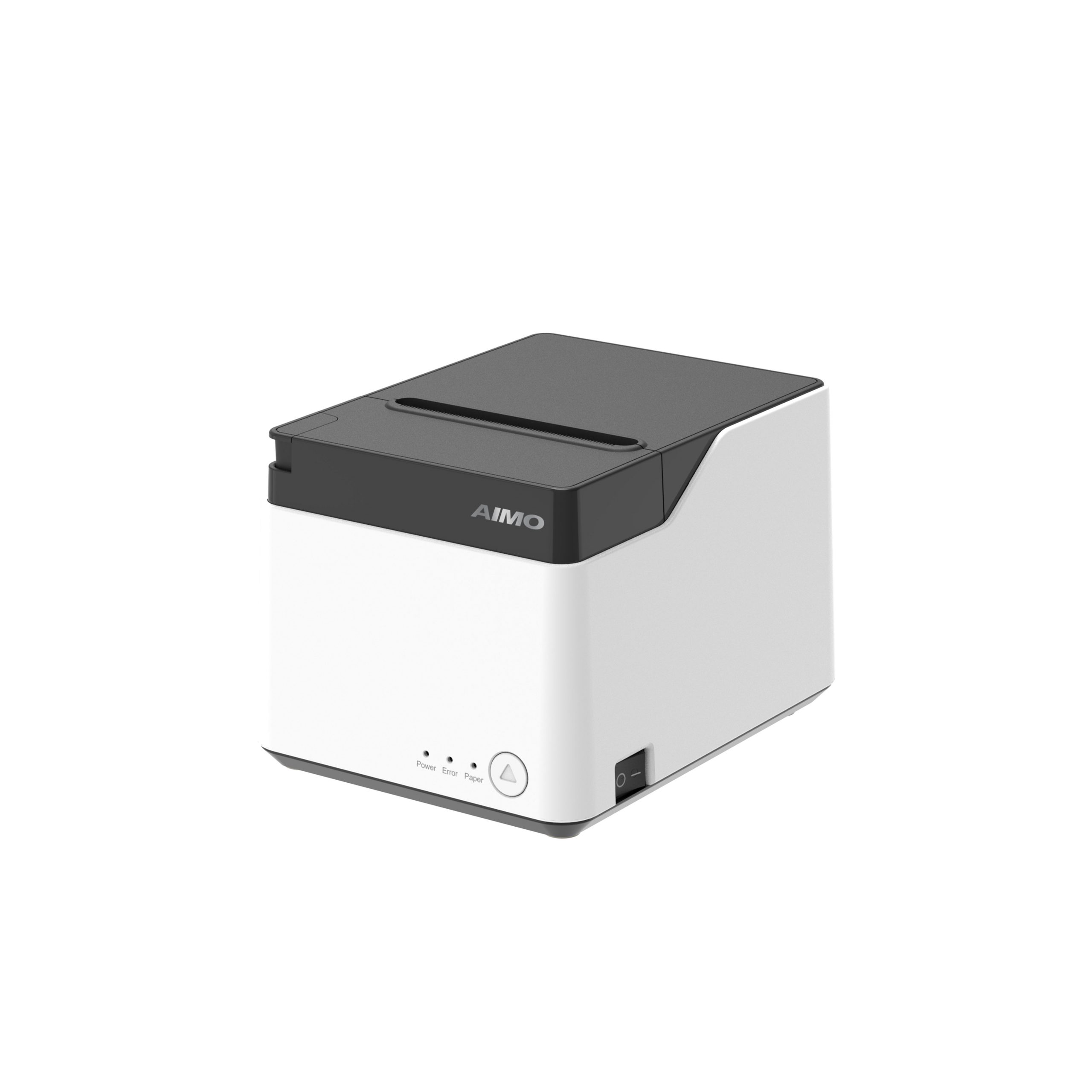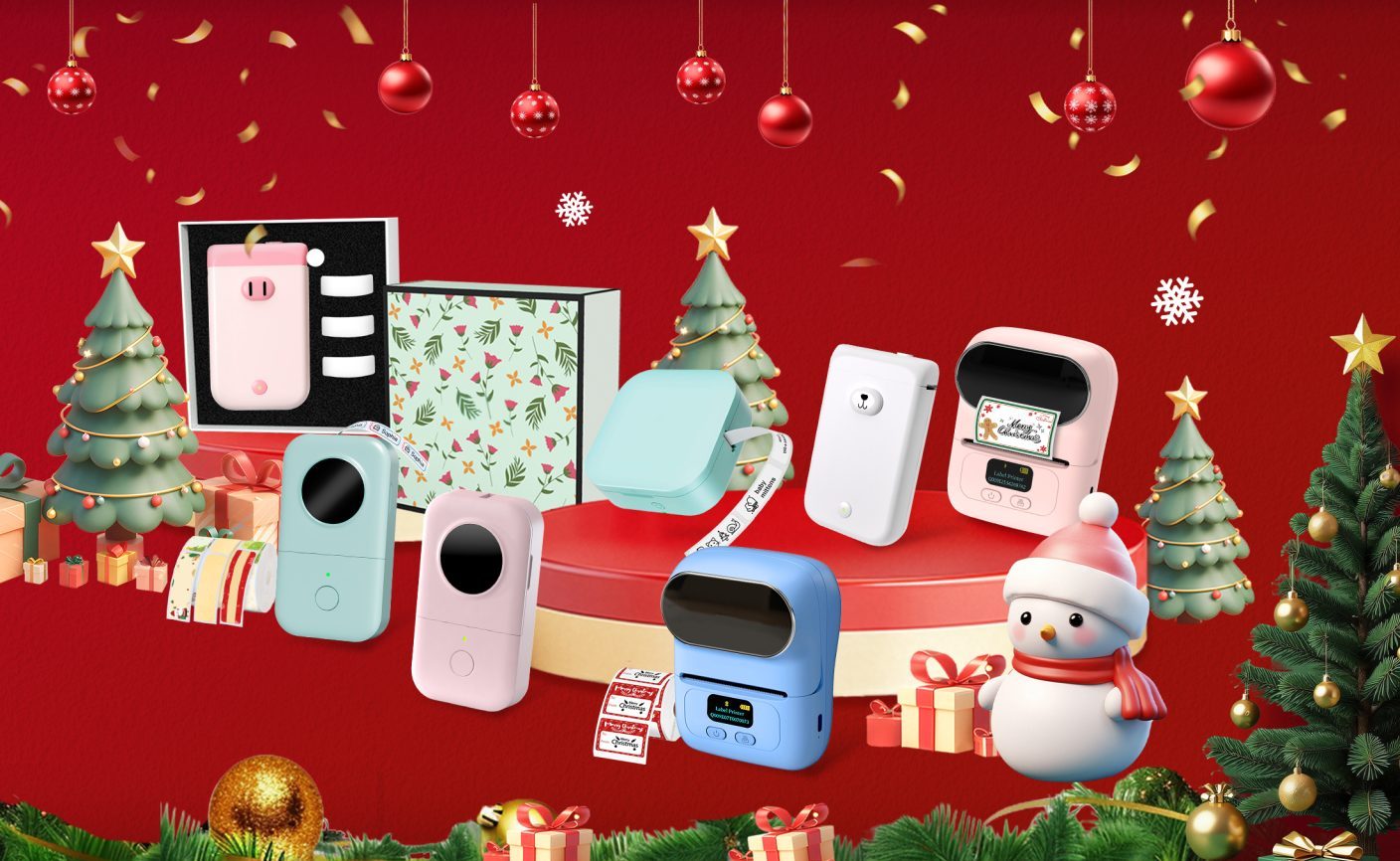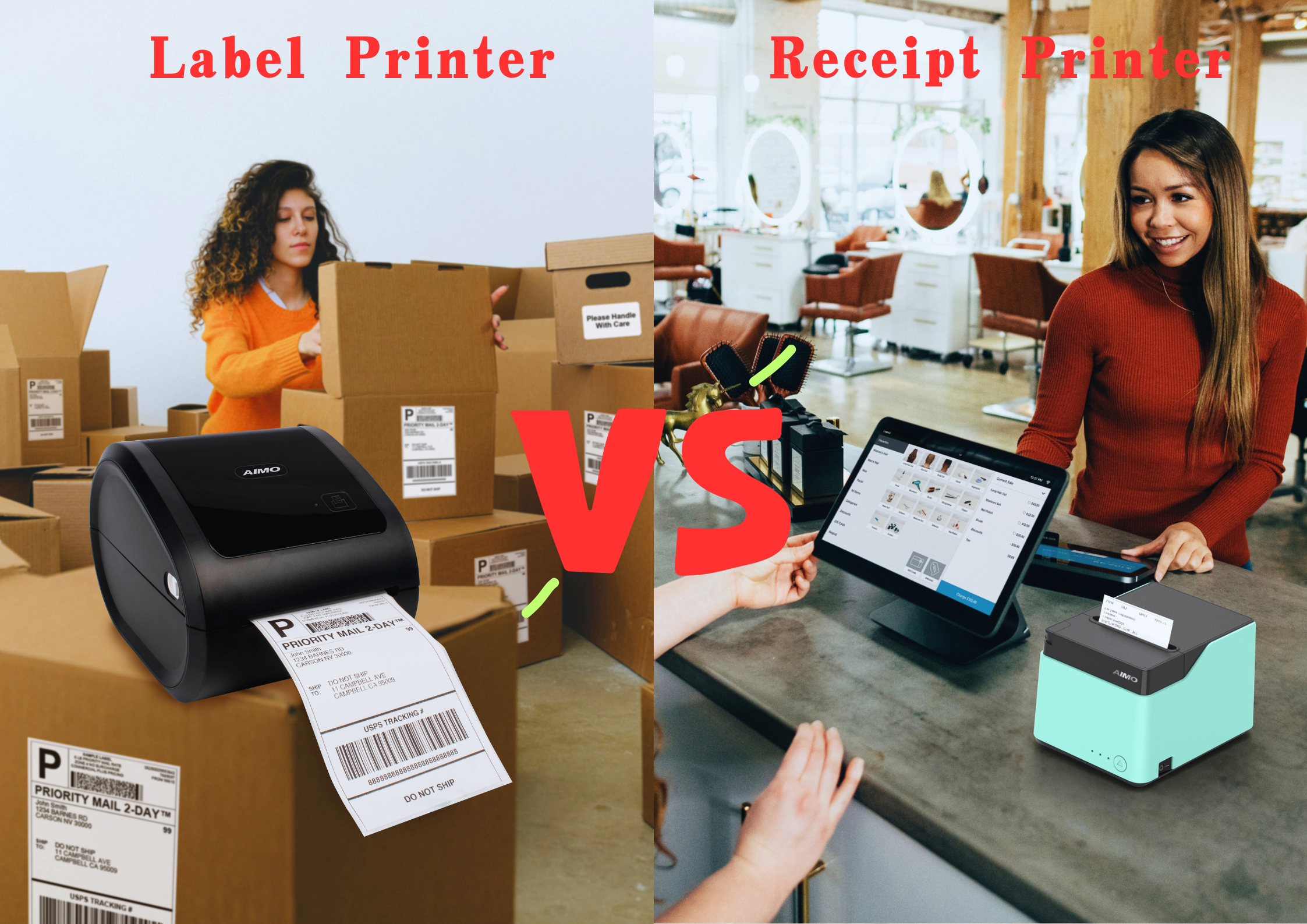Barcodes have completely transformed the operational capabilities of modern-day businesses. It is a machine-readable representation of data containing numbers and parallel lines of varying widths that the computer reads to get information about any specific product.
They are now widely used in modern-day businesses for different purposes like inventory management, point-of-sale processing, and logistics. This is why only a high-end barcode label printer should be used to create barcodes, as they will improve your working efficiency, making your business more easier.
This article is the ultimate guide to help you understand the barcode label printer and how you can choose a premium printer for your business to achieve the best results.

Evolution and Importance of Barcodes
The arrival of modern-day barcodes has changed the way businesses work. However, this was not always the case. Since the implementation of the first barcode system in the mid-20th century, significant advancements and changes in barcode technology have occurred over the years. Norman Joseph Woodland invented the barcode in 1949, but it still took him 25 more years to make the technology commercially available. In 1974, Wrigley’s Juicy Fruit gum became the first commercial product that was scanned with barcodes.
After that, the barcode technology is only getting more and more popular. The application of barcodes has also grown from simple retail transactions to complex systems for managing supply chains, healthcare data, and the logistics industry. This evolution reflects not only technological advancements but also a shift in business processes that now rely heavily on real-time data and automation to boost efficiency and accuracy. This rising importance of barcodes makes them an absolute necessity for modern-day businesses, which also reinforces the importance of a high-quality barcode label printer.
Working Mechanism of Barcode Label Printers
Barcode label printers have different components that work together to print a code that takes your business to new heights.
Let’s take the example of direct thermal label printers. It utilizes a chemically treated and heat-sensitive material that blackens when it passes under the thermal print head. The whole operation of this printer revolves around this print head, which comprises a dense array of tiny heating elements that can be independently heated. When a barcode design is sent to the printer, it translates this data into a pattern of electrical impulses. These impulses precisely control which heating elements are activated to create a desired design.
Rollers and sensors are also essential components of a thermal barcode label printer. Rollers feed the label material smoothly under the print head, while sensors within the printer monitor the presence and alignment of the label material to prevent misprints and maintain consistent quality.
Considerations on Selecting the Best Barcode Label Printer for Your Business
Now, let’s see how to select the best barcode label printer for your business.
- First of all, analyze the specific demands of your business, such as capacity, speed, and size, as well as the different types of printers, like. This will give you a rough estimate of whether the printer can handle your volume needs or not.
- After that, look into the printing technology you want to apply. In the market, thermal printing is the mainstream, which includes two major types: thermal transfer VS direct thermal printer. These printers operate at high speeds, facilitating quick label generation without compromising on print quality. They are also cost-effective since they require fewer consumables—no ink or toner is needed, only thermal paper. This simplicity makes it easy to use as well.

- On top of this, never compromise on the quality which the printer has to offer. The printer’s resolution is measured in dots per inch (DPI), and the higher number shows that your barcode will be clearer and more readable.
- Do not forget to check the compatibility of the shipping label printer in your existing chain of operation and see if the printer has multiple connectivity options.
- Alongside this, study printer manufacturers in detail to see if they can offer after-sales support and maintenance services, just in case.
AIMO D520BT Shipping Label Printer
In a highly saturated barcode label printer market, AIMO’s D520BT stands tall for various reasons. This logistics label printer is made for high-demand environments, delivering top-tier performance that could revolutionize your logistical operations. Here’s how:
- Large Paper Capacity: Our D520BT can support various label sizes, which can hold up to 500 4*6 shipping label rolls. It significantly surpasses that of some competitors, whose similar models in the market can only accommodate 250. As a result, D520BT users can save time in changing the printer consumables to enhance their working efficiency in the peak period.
- Fully-Closed Gear Box Design: Our barcode label printer, D520BT, features a fully-closed gearbox design which prevents dust and debris from entering. This design ensures that the internal mechanisms are protected, reducing maintenance needs and increasing the printer’s overall reliability.
- High Printing Speed: Our printer can operate at a speed of 127mm/s, ensuring that high-volume label printing can be managed efficiently, even during peak business hours. This feature is crucial for maintaining productivity and meeting demand without delays.
- Broad Operating System Compatibility: Our printer is compatible with a range of operating systems from PC to mobile devices, including Windows XP to Windows 11, Linux and MacOS 10.14, as well as IOS and Android. This compatibility enhances its usability in diverse technological environments, making it a suitable option for businesses with mixed or evolving IT infrastructures.

Wrapping-Up
At AIMO, we are one of the leading label printer companies that manufactures top-notch printers that are used in global markets. From our humble beginnings in 2013, we have managed to earn a name in the global market and now operate a manufacturing factory in more than 48,000㎡ areas, which has made them the best printer wholesale manufacturer. If you are interested, please visit our AIMO’s official website to learn more!












































